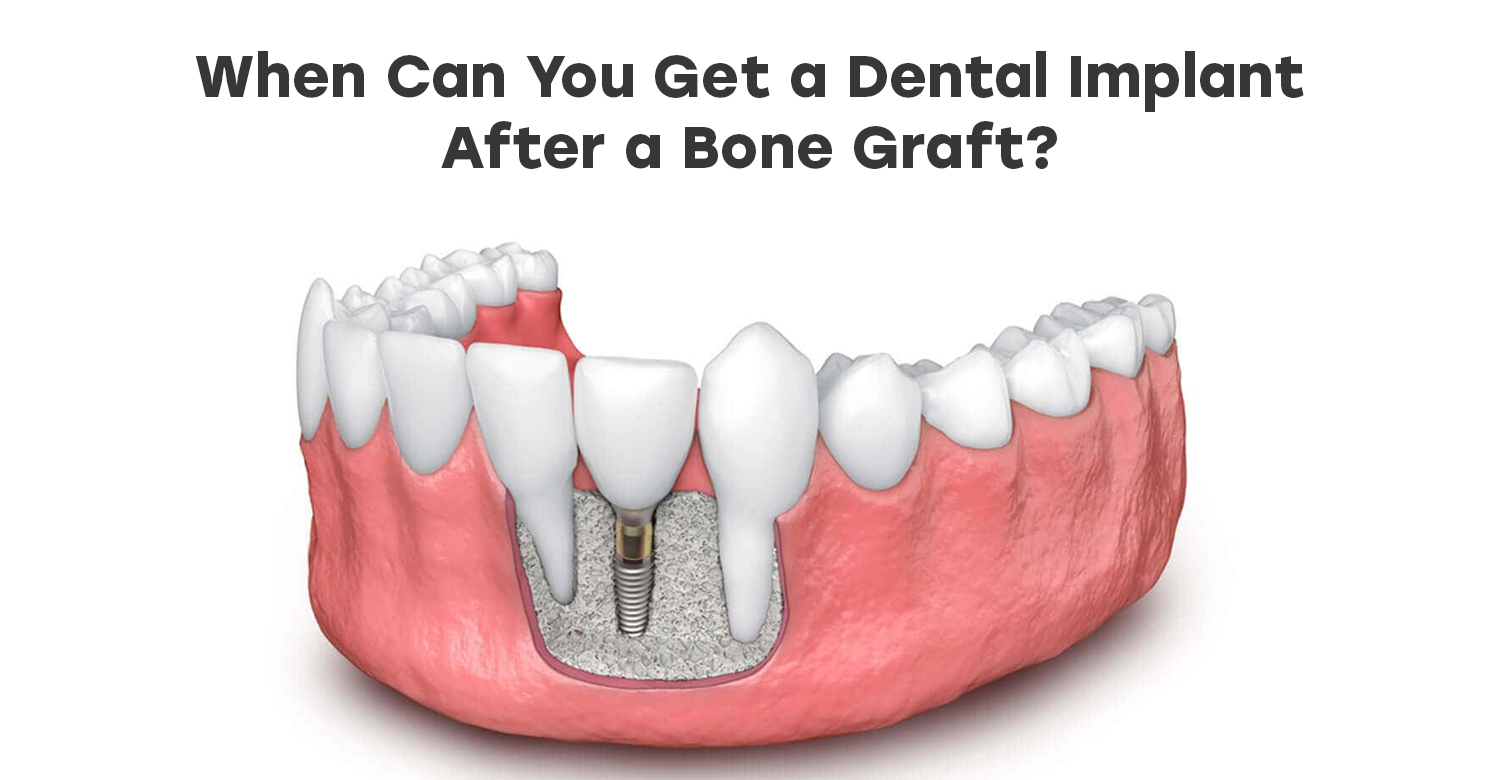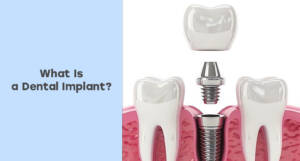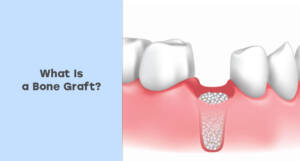Introduction: Understanding the Path to a Healthy Smile
Implants dentaires have become the gold standard in modern dentistry for replacing missing teeth. Whether due to injury, decay, or age-related tooth loss, implants offer a long-term solution that looks, feels, and functions just like natural teeth.
However, not every patient is immediately ready to receive a dental implant. One common prerequisite is bone grafting a procedure that rebuilds bone in the jaw to provide a stable foundation for the implant. At Clinique Vitrin à Istanbul, we guide patients through every stage of this process, ensuring safety, comfort, and lasting results.
One of the most frequently asked questions we receive is:
“How long after a bone graft can I get a dental implant?”
Let’s break this down in detail so you know what to expect.
What Is a Dental Implant?
A implant dentaire is a small titanium screw that is surgically inserted into the jawbone to replace the root of a missing tooth. Over time, it fuses with the bone in a process called ostéointégration, creating a strong anchor for a crown, bridge, or denture.
Avantages des implants dentaires
- Natural look and function
- Long-lasting durability
- Improved chewing and speech
- Preservation of jawbone structure
- Support for adjacent teeth
- Boosted confidence and aesthetics
Au Clinique Vitrin, we use advanced imaging, guided surgery techniques, and premium materials to deliver optimal implant outcomes.
Why Is Bone Grafting Needed Before a Dental Implant?
The success of a dental implant relies heavily on having enough healthy jawbone to support it. Unfortunately, bone loss is common after tooth loss, gum disease, or trauma.
This is where greffe osseuse becomes essential. If your jaw lacks the necessary bone density or volume, your dentist will recommend a graft to rebuild the bone structure.
Causes of Bone Loss
- Tooth extraction without timely replacement
- Periodontal (gum) disease
- Trauma or injury to the jaw
- Long-term use of dentures
- Genetic or developmental conditions
What Is a Bone Graft?
A greffe osseuse is a surgical procedure that adds bone or bone-like materials to your jaw. The graft material can be sourced from your own body (autograft), a donor (allograft), animal tissue (xenograft), or synthetic materials.
Au Clinique Vitrin, nous utilisons biocompatible and safe grafting materials, tailored to your unique needs. Our oral surgeons perform the procedure with precision, minimizing discomfort and recovery time.
Know More About: What is a Bone Graft and Why Choose Turkey?
When Can You Get a Dental Implant After a Bone Graft?
This is the most important question and the answer depends on your specific case.
The timing between a bone graft and a dental implant varies based on:
- Le extent of bone loss
- Le type of graft used
- Ton overall health and healing capacity
- Whether the implant is placed immediately or delayed
Let’s explore the common scenarios:
1. Immediate Implant Placement (0–2 Weeks Post-Graft)
In some cases, especially when only a minor graft is needed (such as a small socket graft after tooth extraction), the implant can be placed immediately or within a couple of weeks after the bone graft.
This is known as “immediate placement” and is typically only possible when:
- There is minimal bone loss
- The surrounding bone is stable and healthy
- The patient has no underlying health issues
Our specialists at Vitrin Clinic will use 3D imaging to determine if this is a safe and effective option for you.
2. Early Placement (3–6 Months After Bone Grafting)
For patients who receive a moderate-sized graft, the general healing period is around 3 to 6 months before an implant can be placed.
This timeline allows:
- The graft material to fully integrate with your natural bone
- The bone to gain strength and density
- Inflammation to subside
This is the most common route and ensures long-term implant stability.
3. Delayed Placement (6–9 Months or More)
For patients with severe bone loss, a large or complex graft may be necessary. This might involve élévations des sinus, ridge augmentations, ou block grafts.
In such cases, it’s typically necessary to wait 6 to 9 monthsor even longer before placing the dental implant. This gives the grafted area ample time to fully heal and integrate.
Our team closely monitors your recovery with periodic scans to ensure the right moment for implant placement.
How We Determine Your Timeline at Vitrin Clinic
Every patient is different. At Clinique Vitrin, your dental journey begins with a comprehensive consultation, y compris:
- A full dental examination
- 3D CBCT imaging to assess bone quality
- Discussion of your medical history
- A personalized treatment plan and timeline
You’ll receive expert advice, clear expectations, and transparent pricing all in one place.
AVANT & APRÈS
Voyez les transformations étonnantes par vous-même—là où chaque sourire commence avec du potentiel et se termine avec un éclat radieux.
Chez Vitrin Clinic, où votre transformation du sourire commence vraiment!









Why Choose Vitrin Clinic for Your Dental Implant After a Bone Graft?

Located in the heart of Istanbul, Turkey, Vitrin Clinic is a leading destination for international dental patients seeking expert care at affordable rates.
Here’s why patients from around the world trust us:
✅ Highly Experienced Team
Our oral surgeons, implantologists, and prosthodontists have extensive experience with both simple and complex implant cases.
✅ Advanced Technology
From digital planning and guided implant placement to minimally invasive bone grafting, we use cutting-edge tools for optimal outcomes.
✅ Multilingual Support
Our international patient coordinators speak English, Arabic, Russian, French, and more ensuring smooth communication throughout your treatment.
✅ Affordable Packages
Save up to 70% compared to treatment costs in the US, UK, or Europe. We offer transparent pricing et tailored treatment packages.
✅ Central Istanbul Location
Enjoy world-class dental care while exploring Istanbul’s culture, cuisine, and history. Many patients combine treatment with a relaxing holiday.
Your Step-by-Step Treatment Journey
Here’s what the process typically looks like at Vitrin Clinic:
1. Initial FREE Consultation
- Remote or in-clinic evaluation
- CBCT scan and dental records review
- Discussion of bone grafting or implant needs
2. Bone Grafting Procedure (if required)
- Local anesthesia or sedation
- Graft placement and suturing
- Recovery instructions and medications
3. Healing Period
- Healing and bone integration (2–9 months depending on case)
- Follow-up imaging and check-ups
4. Pose de l'implant
- Implant surgery under local or general anesthesia
- Healing abutment placement
- 3–6 months healing for osseointegration
5. Prosthetic Phase
- Crown, bridge, or denture placed
- Final bite adjustments and polishing
6. Aftercare
- Oral hygiene instructions
- Regular check-ups to ensure long-term success
Conclusion: Trust the Process for Long-Term Results
Getting a dental implant after a bone graft may take time, but it’s worth the wait. With proper planning and professional care, you can achieve a strong, functional, and natural-looking smile that lasts a lifetime.
Au Clinique Vitrin à Istanbul, we specialize in full dental rehabilitation, from bone grafting to final implant placement. Whether you’re a local resident or an international patient exploring dental tourism in Turkey, our clinic provides trusted, high-quality care tailored to your needs.
Ready to Begin?
If you’ve been told you need a dental implant after a bone graft, or if you’re unsure about your options, contact Clinique Vitrin aujourd'hui pour un consultation gratuite.
FAQ :
How long after a bone graft can you get a tooth implant?
Usually 3–6 months, depending on healing and bone growth.What happens if I get a bone graft but no implant?
The graft may still help preserve bone, but it may eventually resorb without stimulation.When is it too late for a bone graft?
It’s rarely too late; grafts can often be done years after tooth loss, though complexity may increase.How long does it take for gum to grow over a bone graft?
Gums typically heal over within 1–2 weeks.Do you always need a bone graft before an implant?
Not always only if there’s not enough bone to support the implant.What percentage of dental implants require bone grafts?
Roughly 50% of cases, depending on bone condition and location.How to tell if a dental bone graft failed?
Signs include pain, swelling, infection, or graft exposure. X-rays confirm failure.Which is better, a bridge or an implant?
Implants are usually better for long-term health and function, but it depends on individual needs.How long after extraction can I get an implant?
Immediately, or after 3–6 months, depending on bone condition and healing.
10. How painful are dental implants?
Most patients report mild to moderate discomfort, manageable with medication.





